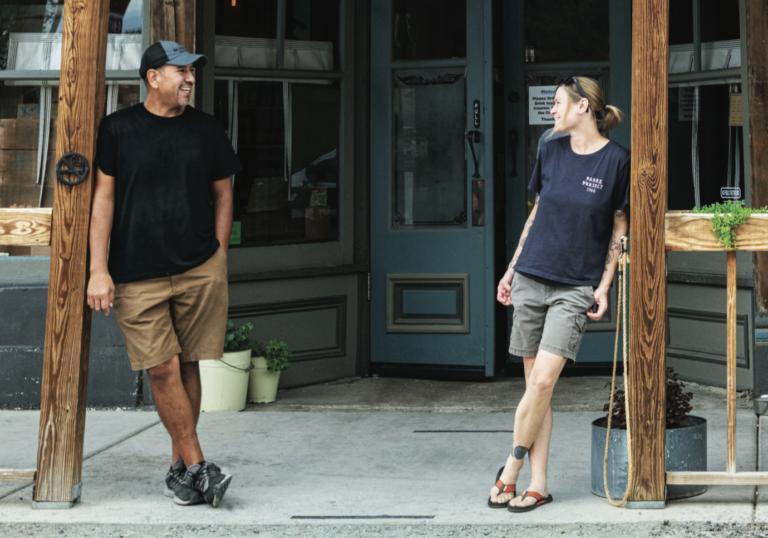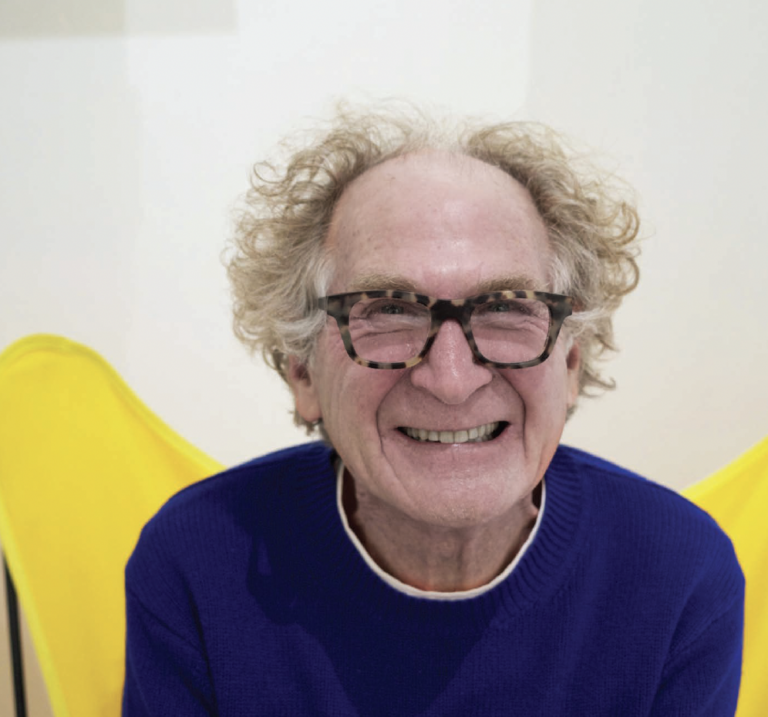CALLING PAULA CASTILLO AN ARTIST is sort of an understatement. Sure, she’s a renowned LatinX sculptor, but she also works in literature, psychology, critical literacy, and contemporary theory. She attended Yale for two years but dropped out to work in an electronics factory. She definitely dances to the beat of a different drummer, as they say.
The results are striking and provocative, ranging from what she calls “avant- garde, anonymous interventions” to large-scale public exhibitions.
Her particularly unique vision will be on full display at SITE’s current monumental exhibition, Go With the Flow. The show, curated by Brandee Caoba and Lucy Lippard, is all about water and drought in the Southwest.
Artworks in this exhibit are displayed at SITE, but, more interestingly, they will also engage Santa Fe and surrounding regions with temporary works, interventions, community collaborations, and performances that explore the increasingly pressing issue of water.
Paula’s contribution to the exhibit focuses on nurturing rivers by reversing the curse of the evil eye. El mal de ojo has existed for over 5,000 years, predating the ancient Greeks and Romans. The casting of an evil eye transfers negative energy from one person to another, causing illness and other misfortunes. Babies and young children are particularly susceptible. And, in our case, our rivers may, in some ways, be victims.
Not buying it? Scoff at the evil eye at your own peril. Over 40% of the world believes in it.
What’s wrong with our rivers?
I’ve done years of research on arroyos, first from a sculptural perspective; they’re beautiful, and they inspire wonderful geosculptural metaphors. But then I realized pretty quickly that they are witness to devastating land practices.
I was working up in Cordova, which is between Truches and Chamayo, and that’s where I started to understand the devastating effects of the arroyos on the Rio Grande River.
Of course, arroyos are a natural aspect of desert landscape, but here in New Mexico and elsewhere in the Southwest, they’ve proliferated at a hundred times their original number because of unsustainable land practices dating back to the late 1800s. All of these new arroyos dumping sediment into the river caused the beds to rise, so the river started flooding regularly in the 1920s.
The Middle Rio Grande Conservancy District is a management system for the river, for agriculture in New Mexico. It supposedly helps figure out how to manage the water so that it doesn’t flood. The fascinating aspect is how we celebrate this kind of technology and engineering. Only recently has there been any critical assessment of engineering practices along the river and how those mechanistic applications caused so many problems.
As an artist, I thought, If I could fictionalize this, it might be more interesting and bring community awareness to it.
I live in Belen, and people know there’s a river crisis, but they don’t know how to interface with that challenge.
I see the river as a colonized migrant with no legal water attached to herself. Every single drop, even before it falls, is ascribed to other entities outside. And of course, climate change really contributes to that because of transpiration, so any water is now less and less.
Everyone else has claimed ownership of the river water. There are more and more people, more and more organizations lobbying for it. And not just agriculture but also oil and gas – even marijuana! Marijuana production consumes way more water than any vegetable or alfalfa.
So I wanted to come up with a way to think about the health of the river when I realized, It was given the evil eye!
WANT TO READ MORE? SUBSCRIBE TO SANTA FE MAGAZINE HERE!
Photo Don Usner








